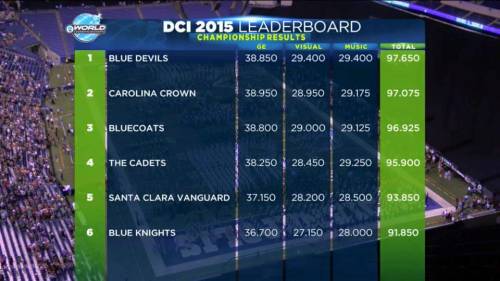
I began the month by writing by promising to write about "four fun holidays this month, Groundhog Day, Lunar New Year, Fat Tuesday, and Valentines Day, plus a bonus--Leap Year Day" and almost finished it by telling my readers to "Stay tuned for a post about Leap Year Day." As is my wont, I'm taking a scientific tack in observing it with a video. Without any further ado, I present Vox's How leap year works.
Vox has more in Because the solar system doesn't care about our calendar.
This fact has been vexing humans for centuries: Earth's year (one orbit around the sun) isn't neatly divisible by its day (one rotation about its axis). One full orbit takes more than 365 days but less than 366.One last time, Happy Leap Year Day! May you be smarter after reading and watching than you were before!
That's not surprising — there's no reason for the two to be linked. The trouble comes when we try to overlay a useful calendar onto this random system. And as a result, our annual calendar is always slightly wrong.
As the short video above shows, leap year is our jury-rigged solution to this problem. To nudge our calendar closer to accuracy, we simply stick an extra day at the end of February every four years. Without it, our calendar would slowly shift further and further from the true year.











.JPG)
